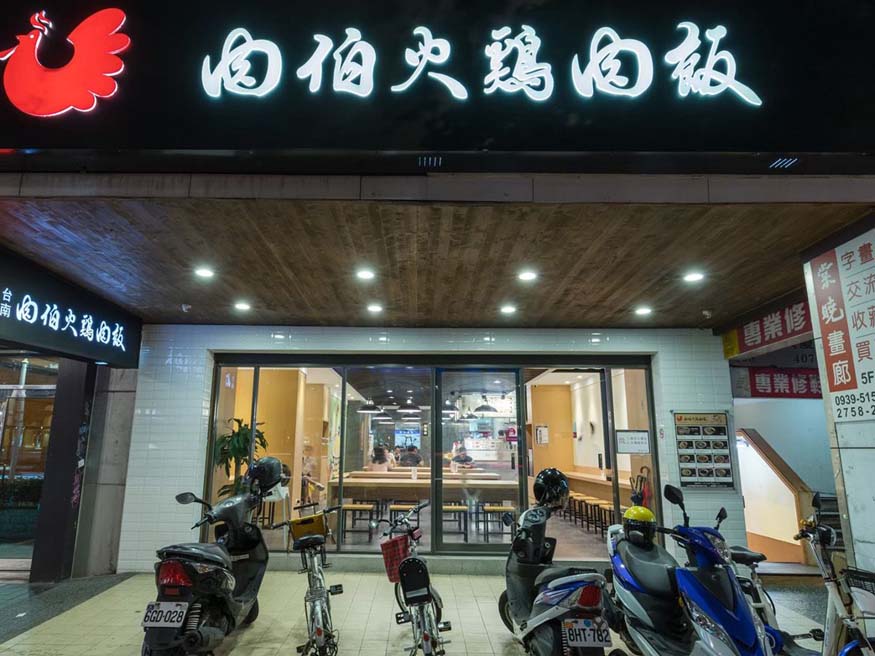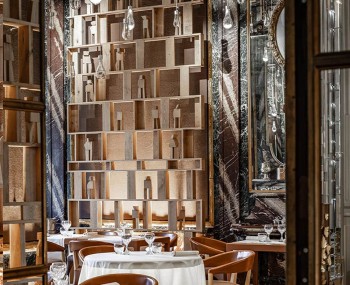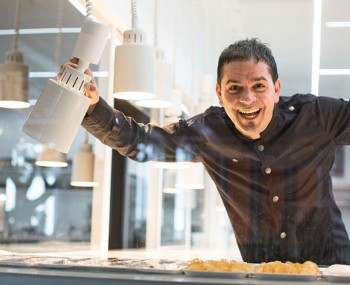All it took was a CNN report to turn a street food stand, serving rice and turkey in Taiwan, into a small and growing empire. But the founder puts on the brakes: "Our father always urges us to not mess with his recipe.
The news
The history of the specialty is well known: it was Dutch colonists who brought turkeys there in the 17th century, but industrial farming of them dates only to the 1950s. Then the residents of Chiayi, a town north of Tainan, began serving the dish and made it a specialty, beloved moreover by the U.S. Air Force soldiers stationed there. And it was from a local master that Liao learned the recipe, promising him that he would not become a competitor. So that to in order keep his word, he moved across cities when it came time to set up shop on his own.
 @Rou Bo
@Rou Bo
Until the now famous report dated 2015. "Suddenly they started contacting us to ask us to open other locations," says the founder's son Liao Wei-chieh, who eventually said yes to the Taipei spin-off, agreeing to the condition set by his father not to change recipes. But even the stand, in the meantime, had been turned into an actual restaurant. And there’s also a third location, in the capital's tallest building, Taipei 1, inside the food court, yet more proposals continue to flow in. But that's not all. "We have been invited by government officials to cater the events." Such is the power in Taiwan of an international article or a mention in guidebooks.
 Rou Bo’s turkey rice @Clarissa Wei, CNN
Rou Bo’s turkey rice @Clarissa Wei, CNN
Liao, however, insists on the primacy of product over communication: without quality, the miracle would not have happened. "When people saw the article, they became interested in us. But we were able to retain customers because of the quality of our food." So, while Liao would eagerly accept more proposals, he urges caution. For example, he opposes locations detached from a centralized kitchen because fresh ingredients must be prepared on site.
 @Rou Bo
@Rou Bo
Through it all, the dish has remained virtually unchanged. Each morning whole turkeys are boiled in a ginger and shallot broth for several hours, then allowed to rest at room temperature. The meat is frayed and arranged in layers with the rice, while the fat is skimmed off, then combined with turkey gravy and shallot oil as a dressing. Contrary to the traditional recipe, there aren’t any fried shallots in his version, as Liao insists that they would negatively influence the texture of the dish.
 @Unsplash
@Unsplash
Source: Cnn
*Photo of chef on cover for representative purposes (Unsplash)











